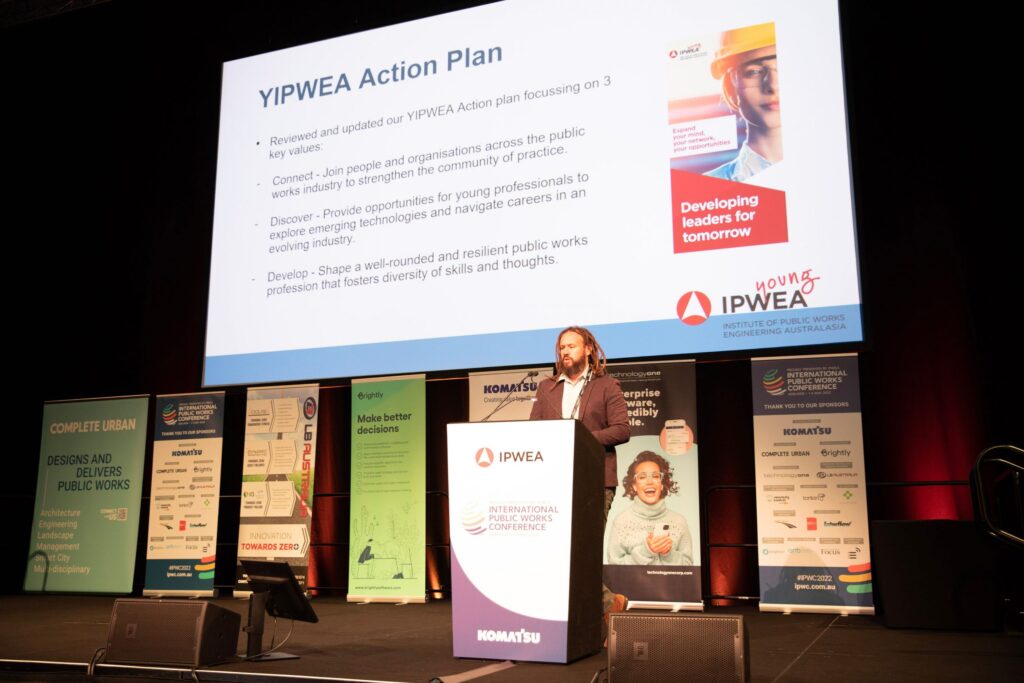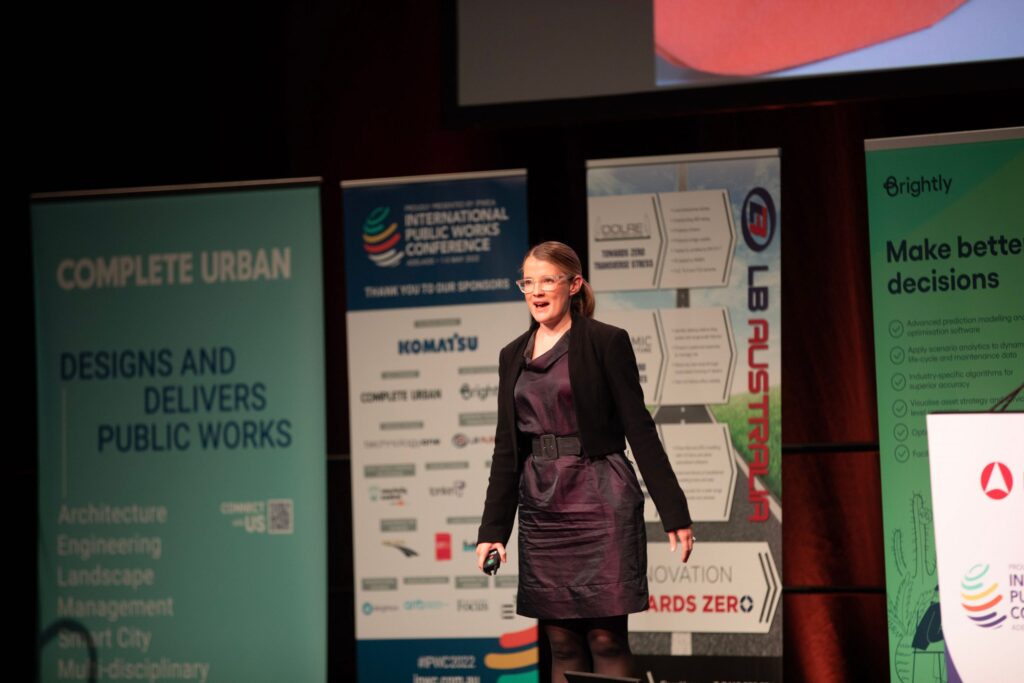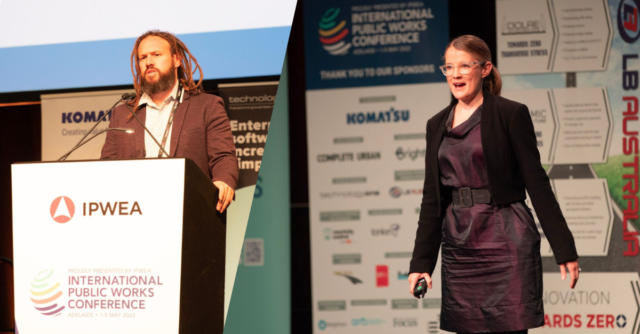Ben Clark’s professional education didn’t end with his surveying and GIS undergraduate degree at UniSA in Adelaide.
Those qualifications helped his move into the asset management space in the Local Government sector, but even though his career was developing he kept studying while working.
Clark added an MBA from RMIT in Melbourne, and also embraced the professional development opportunities offered through IPWEA.

“One of my former managers steered me towards IPWEA and once I had a look it really started to speak to me as I defined the area I wanted to work in and it became the most relevant professional body for me,” says Clark.
Now 37, Clark has just taken up as a Director Works and Engineering at the Barossa Council north of Adelaide, but he is also finishing his term as chair of Young IPWEA, an organisation he has been involved with for some years.
“Even when I’m past president I really want to be involved and I certainly recommend it to anyone in my workplace to get involved, because it’s been invaluable,” says Clark.
He says it has helped him not only develop his professional network, but also given him insight into other projects through site visits organized by the membership.
“It’s anything from inspecting streetscape upgrades to upgrades on buildings and other facilities, and its actually really eye opening to see these other projects and visit them with members,” says Clark.
“We’ve done tours of the underground tunnels for the new bus network, and also looked at open space and wetlands developments, so it’s been very broad.”
Clark observes an emerging generational change in the profession as older members start to retire, presenting younger members with an opportunity to “really stamp our mark on the industry moving forward.”
“We are involved in using new and emerging technologies and there’s a growing emphasis on sustainability, so it’s really time for us to plant our flag and change things and leave the profession in good shape for the generation after us,” he says.
Clark has enjoyed the YIPWEA network in South Australia, which he estimates at around 60 strong, and that had led to contact with national and international peers.
He is an advocate of the Coffee Cup Challenge, which matches younger and older members in a mentorship program which is a productive exchange of ideas in both directions.
This professional networking is not just social, says Clark, but plays a key role in ongoing professional development.
“It has helped motivate me to move through my career and not being satisfied and stagnant,” he says.
“I’m always looking for a new challenge, that is what I try and recommend to young professionals when they have an opportunity to do something which is slightly outside what they have done, because you need to diversify and not stay in your comfort zone.”
Another young engineer with a passion to spread the word about the profession is Felicity Furey, who is building on her 12 years working on infrastructure projects in an education role at Swinburne University of Technology and in advisory not-for-profit roles aimed at inspiring young women to pursue civil engineering.
Furey’s mission is to spread the word to young women that a rewarding career in education is an option, and recently took her message to the International Public Works Conference in Adelaide in May
“My education activism really started out of my own frustration,” says Furey.

“I knew there weren’t many female engineers and people were talking about how much they are needed, and I just wanted to do something about it rather than read depressing reports.”
Furey co-founded Power of Engineering which conducts workshops for high school students and support emerging diverse leaders in the industry through her WeAspire initiative, introducing other speakers and then delivering “immersive experiences” of engineering.
“The students and emerging leaders get to see role models and then they participate and collaborate on being engineers themselves,” she says.
“It’s very gratifying when you see that you’ve planted the seed for somebody.”
Furey believes that if more women became engineers this would be one solution to the skills shortage in the profession.
“If we got more women into engineering we could almost double the number of people in the industry and that would have a big impact,” she says.
Furey considers herself a case in point. She was originally attracted to art, but was then inspired in a different direction by a physics teacher.
“I don’t really consider art and engineering too far apart, because engineers are problem solvers who are creating solutions and figuring things out,” she says.
“It takes a lot of creativity to do that.”
Many young women, she says, don’t become engineers because they weren’t told what engineering is, and that it is a potential path for them.
Furey’s mission now is to play the role her physics teacher played in her own career, educating and inspiring young engineers – and particularly female engineers – of tomorrow.














